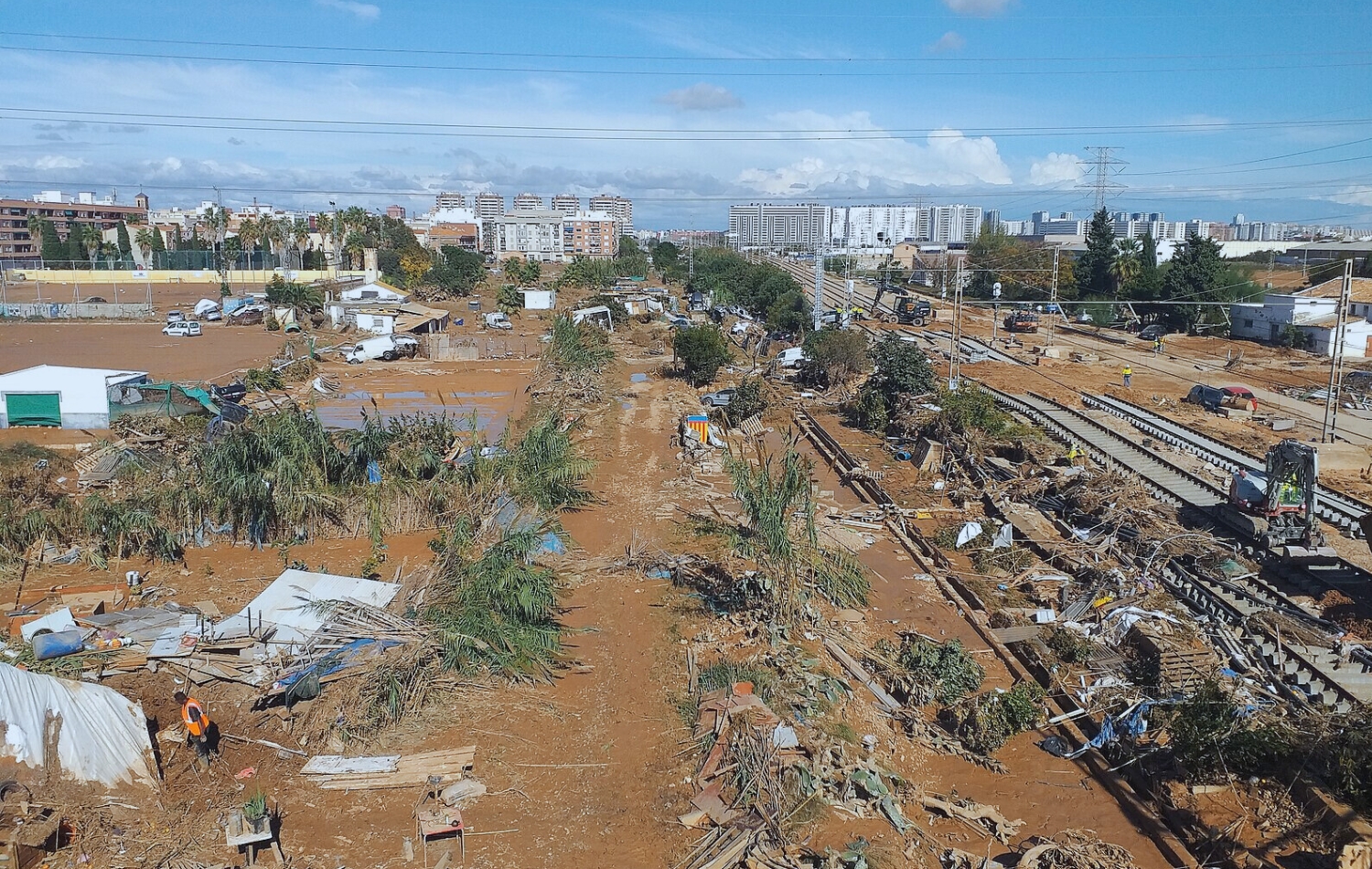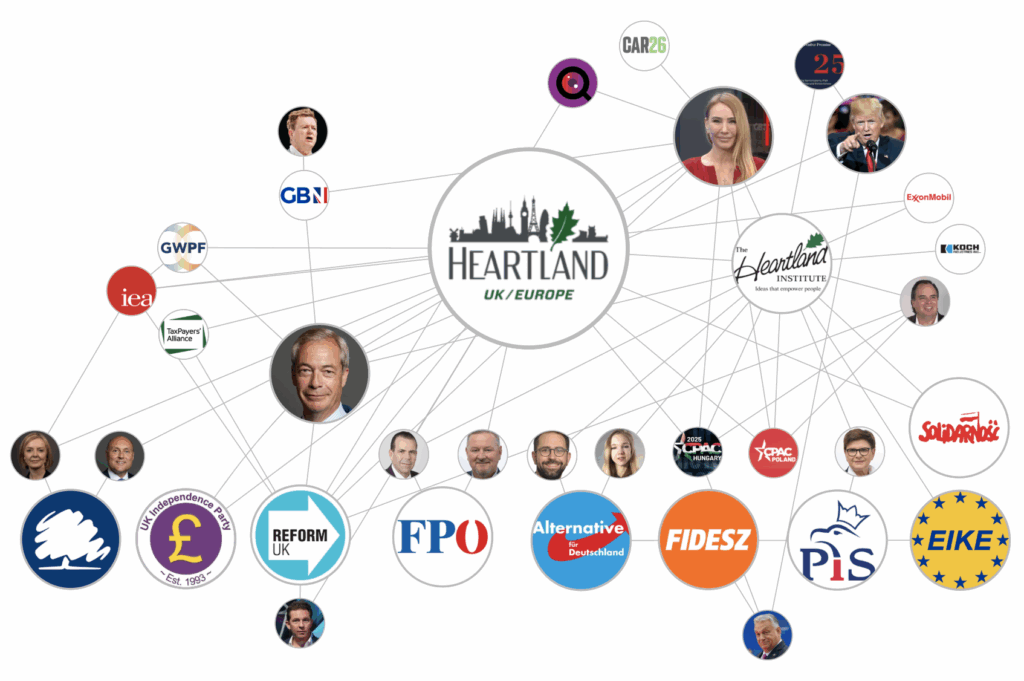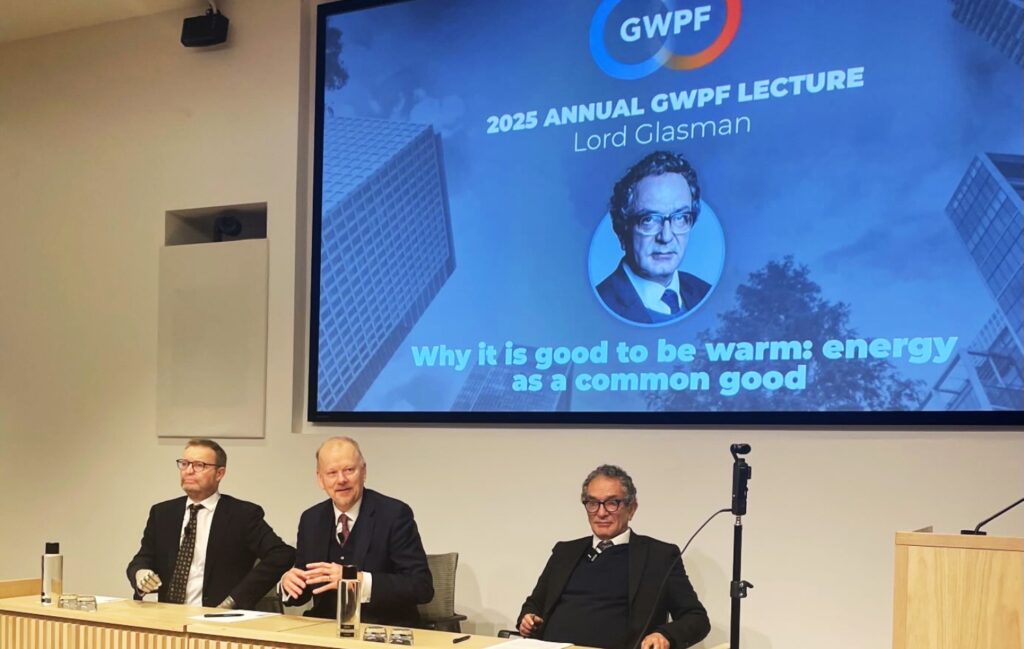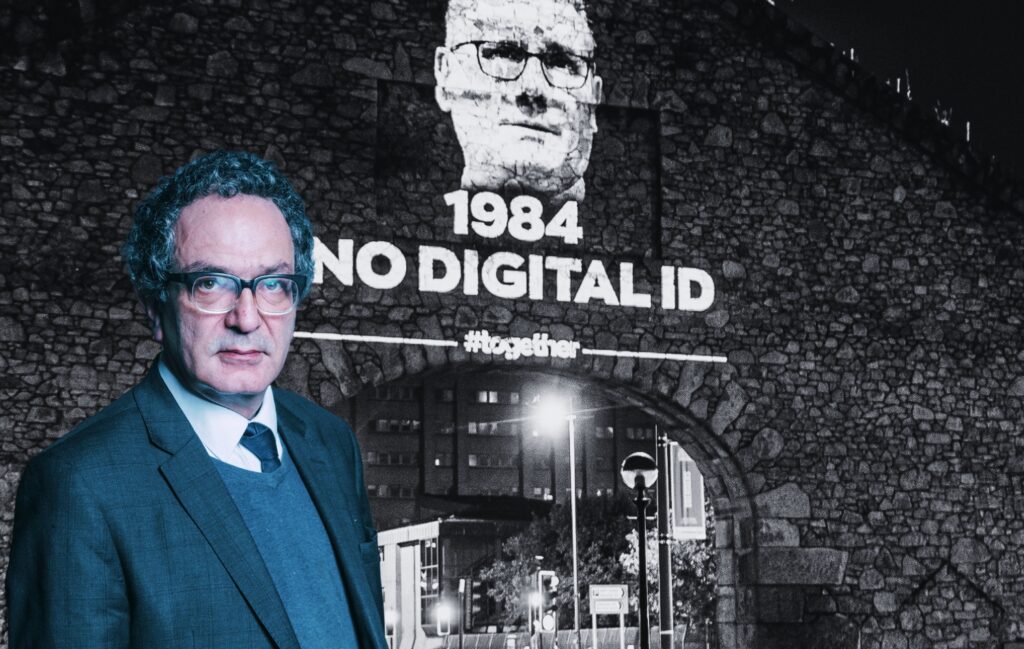YouTube and TikTok amplified disinformation that “sowed confusion” during the worst flood in Spain’s history, according to a new report.
A year’s worth of rain fell in just eight hours on Valencia in October 2024, killing 237 and causing widespread destruction to buildings and infrastructure, making it Europe’s most catastrophic flooding event since 1967.
False information about the flood was seen over 21 million times on YouTube and TikTok in the month following the disaster, according to the Spanish fact-checking service Maldita.es and digital investigations agency AI Forensics.
This disinformation “caused panic and created challenges for emergency responders”, and “undermined or even explicitly denied” the role of climate change on the flood.
Climate scientists have attributed the severity of the flooding to a weather phenomenon called ‘DANA’, an acronym of the Spanish for “isolated low-pressure system at upper levels”.
Scientists have concluded that climate change escalated both the intensity and effects of last year’s DANA event since the rising temperature of the Mediterranean – as much as 5C above normal – increased the potential for catastrophic rainfall, while hotter summers reduced the ability of soils to absorb water, making flooding more likely.
However, the report found that millions of people had seen falsehoods about the causes and effects of the flood on social media.
Rampant disinformation “is good business for platforms that profit from user engagement,” the authors concluded – highlighting that YouTube and TikTok “algorithmically amplified” falsehoods about the flood.
Their researched revealed that false content – which racked up 13 million views – was 48 percent more likely to be liked and 123 percent more likely to receive comments on YouTube than accurate content. False videos received four times more views than an average YouTube video.
Subscribe to our newsletter
Stay up to date with DeSmog news and alerts
On TikTok, disinformation in relation to the flood was 85 percent more likely to be shared, viewed over 8.3 million times in the month following the event.
“YouTube and TikTok’s recommendation algorithms are designed to amplify content to maximise user engagement and as a result, are known to recommend content that provokes strong user reactions. In this case, that content was dis/misinformation, which our findings suggest received amplification above and beyond more factual information,” the report stated.
It also accused TikTok of failing to enforce its own moderation standards.
The platform prohibits “misinformation that denies the existence of climate change, misrepresents its causes, or contradicts its established environmental impact.”
Yet, the researchers discovered more than 100 videos on the platform downplaying or denying the role that climate change and DANA played on the flood, even one year after the event.
They also found that TikTok did not label content containing climate disinformation, despite the company’s policy that it “may also apply warning labels” to false videos.
YouTube, by comparison, does not have a specific policy to address climate disinformation, but does commit to “provide users with tools to help them make more informed decisions when they encounter online information that may be false”. However, less than one in four videos containing disinformation about the flood were given a warning label by YouTube, the report found.
“Climate dis/misinformation thrives on social media platforms, fuelled by systems that want to maximise screen time, engagement, and advertising revenue,” said Carlos Carlos Hernández-Echevarría, associate director at Fundación Maldita.es.
“One year after the DANA, we’re still debunking the same tired climate myths,” said Salvatore Romano, head of research and co-founder at AI Forensics. “Despite the rapid increase in the frequency and intensity of extreme weather events, which puts a growing number of lives at risk, the response from platforms continues to fall short.”
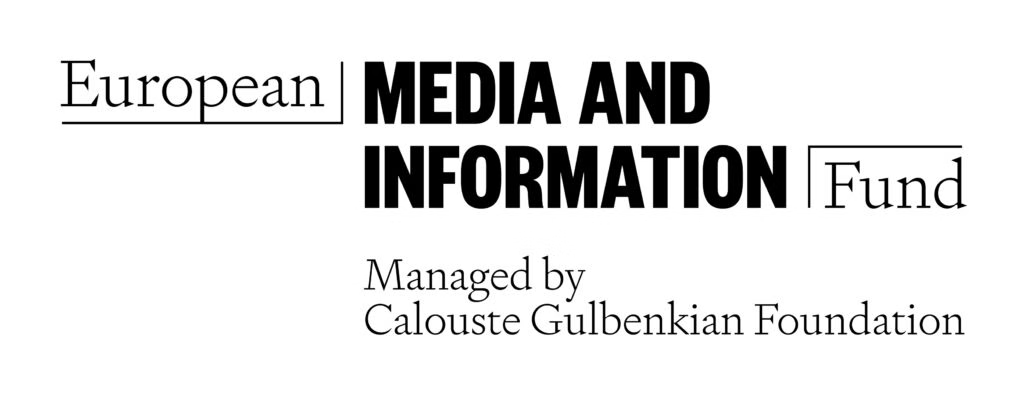
This article was produced with the support of the European Media and Information Fund (EMIF). The sole responsibility for any content supported by the EMIF lies with the author(s) and it may not necessarily reflect the positions of the EMIF and the Fund Partners, the Calouste Gulbenkian Foundation and the European University Institute.
Subscribe to our newsletter
Stay up to date with DeSmog news and alerts


